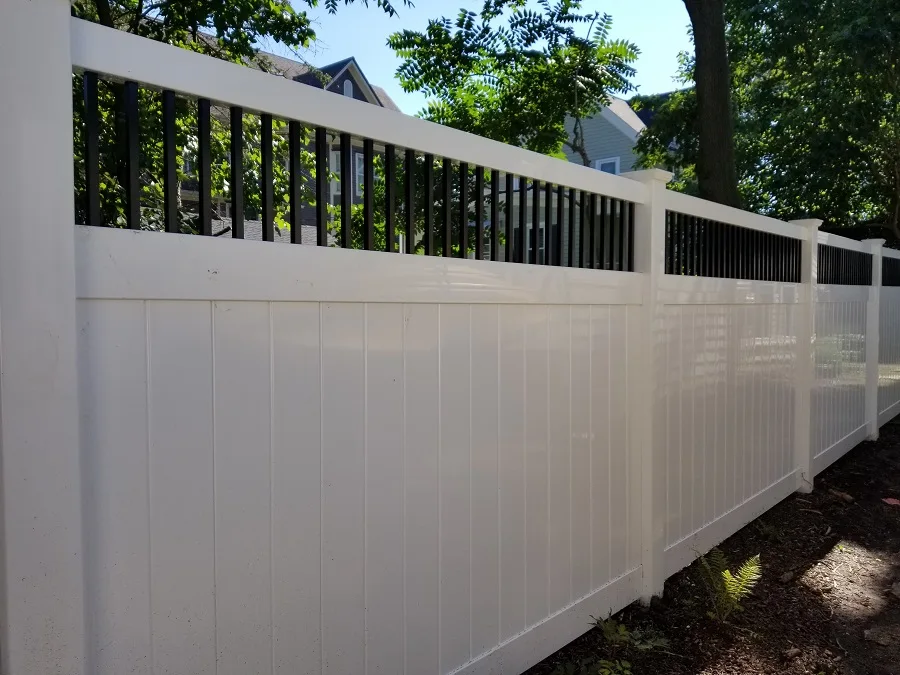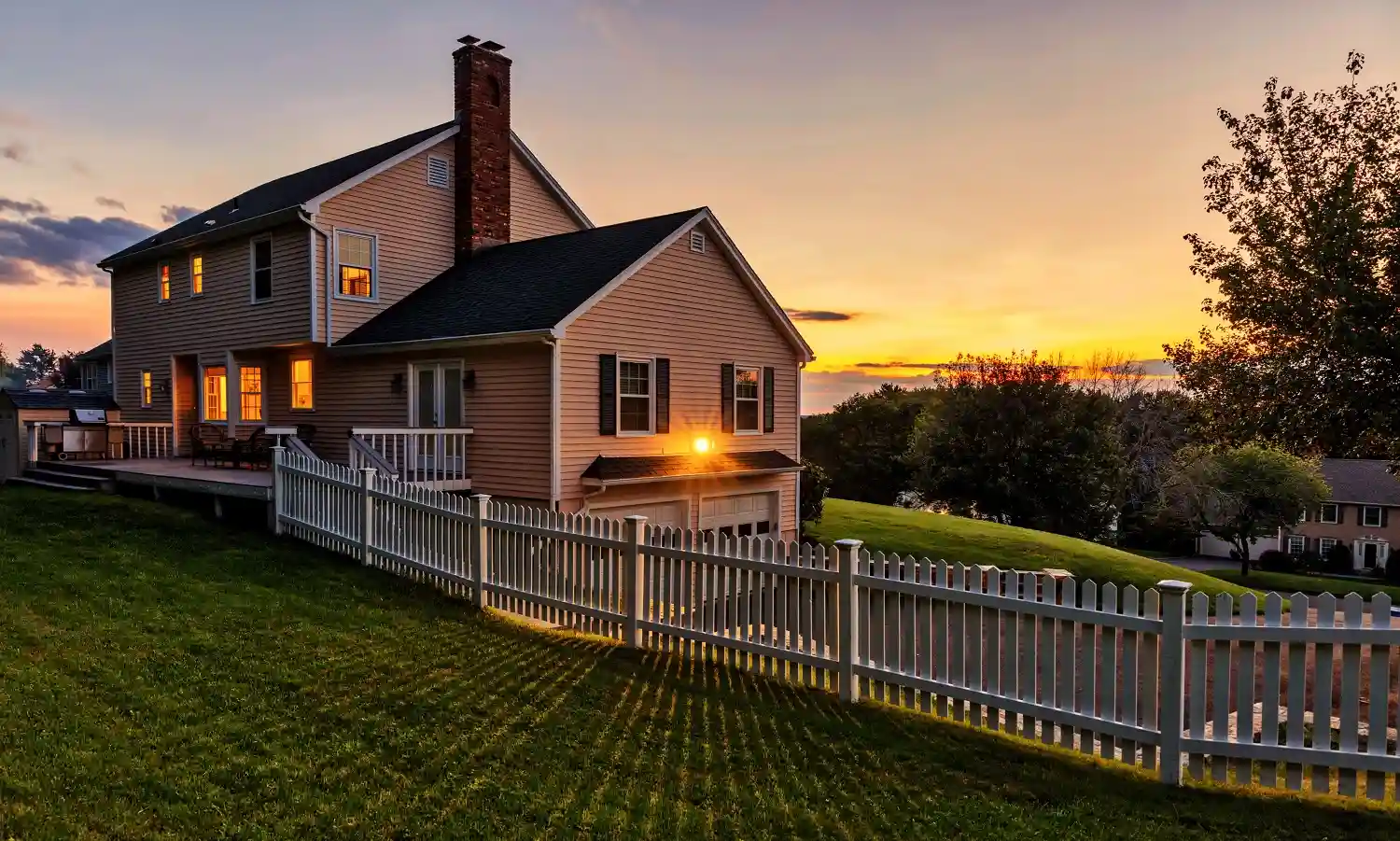Yes, you can paint your vinyl fence. But once you dig into what that really involves, most homeowners change their minds. Painting might seem like a quick fix to clean up a faded look or switch to a new color. It’s doable with the right prep and equipment. The real issue? It rarely delivers what people hope it will.
As Chicagoland's oldest fence company with 97+ years of experience offering vinyl fence installation, we've seen countless homeowners struggle with painted vinyl fences that fail to deliver lasting results. We'll share the real reasons why vinyl fence painting is problematic and reveal better alternatives that eliminate the need for regular painting and maintenance hassles.
Why Homeowners Want to Paint Their Fence in the First Place
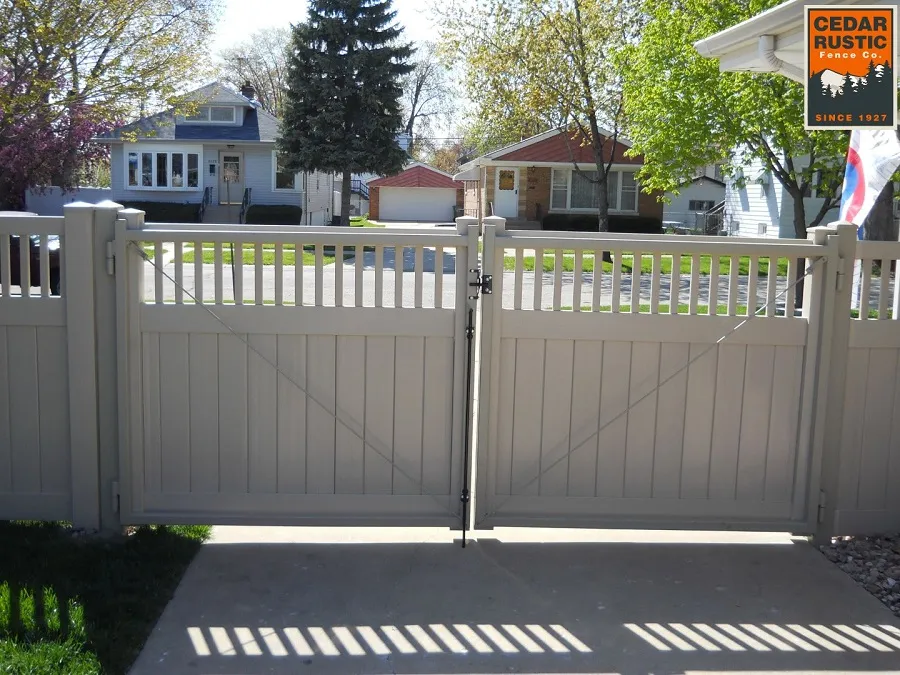
Let’s be honest. Most people don’t wake up excited to paint their fence. It usually starts when they’re frustrated with how it looks. The white finish feels tired, the panels don’t match the house, or the color has started to break down in the sun. But the real problem isn’t the color, it’s the product.
- Aesthetic Boredom with White After years of looking at the same basic white vinyl fence, many homeowners crave a different color that better complements their home's exterior and enhances curb appeal.
- Wanting to Match Home Exterior Homeowners often desire their fence to coordinate with their house colors, especially when vinyl siding has been painted or when architectural elements call for a cohesive color scheme.
- Fading and Discoloration Issues Poor-quality vinyl materials break down under UV exposure, leading to chalking, yellowing, or gray discoloration that makes the fence look aged and worn.
Note: These are valid concerns, but the root problem often lies deeper than surface appearance issues. Whether you're considering painting vinyl fence posts to match your home or dreaming of a sleek black vinyl fence, the underlying material quality and installation methods play a crucial role in long-term satisfaction.
The truth is, there are more fundamental problems hiding beneath the surface than most homeowners realize. When you start considering paint as a solution, it's often a sign that your fence wasn't built with quality materials or proper installation techniques from the beginning.
What You Need to Know Before Painting a Vinyl Fence
Before you pull out the paint sprayer and start transforming your backyard, there’s a lot you need to know. Painting vinyl isn’t like painting wood or siding. It comes with real technical challenges that can turn your DIY fix into a much bigger headache and a bigger bill.
Adhesion and Durability Challenges
The biggest issue is simple: vinyl doesn’t like paint. Its surface is smooth, sealed, and designed to repel moisture. That’s great for cleaning, but terrible for paint adhesion. Most products won’t bond well, which means even a decent-looking job might start peeling or flaking in a year or two.
Heads-up: Some people try pressure washing to strip off failed paint layers. That might work, but it also damages the vinyl and voids any warranty that’s still active.
Paint Selection and Application Issues
Yes, you can find specialty paints and primers that claim to work on vinyl. But they’re expensive, they have limited color choices, and they’re not simple to use. Most of the time, oil-based options work better than latex, but they take more effort, dry slower, and require more skill to apply evenly.
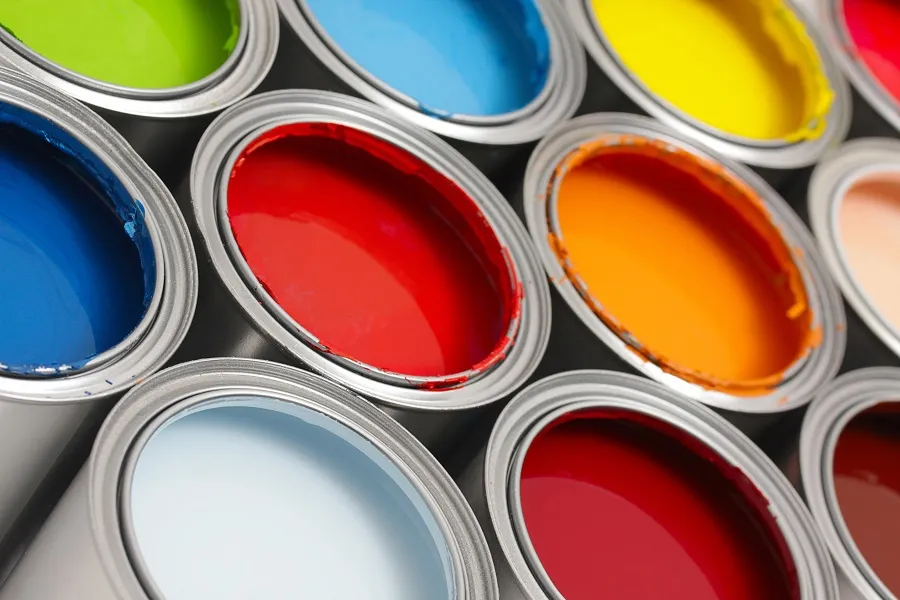
Critical considerations:
- Dark Colors Trap heat and can cause warping or bending in vinyl panels.
- Two Coats Are usually needed, which doubles your time and materials.
- Weather Needs to be just right for paint to cure properly and stick.
Warranty Concerns
Painting your vinyl fence will void most manufacturer warranties, including any limited or lifetime warranties that came with your original installation. This means you'll be responsible for all future repairs and replacements, potentially costing thousands more than the initial painting investment.
As professionals with decades of experience, we'll provide a complete guide on the best way to approach this project if you decide to proceed. However, we strongly recommend considering the alternatives we'll discuss later in this article.
How Can a Vinyl Fence Be Painted?
Even on Reddit, homeowners consistently report that painting vinyl fences involves too much work, money, and ongoing maintenance for the results achieved. Yes, this Reddit discussion is 10 years old, but honestly, nothing has really changed in the fencing industry to make vinyl materials easier to paint or maintain. The fundamental challenges of paint adhesion and durability on vinyl surfaces remain the same.
Necessary Materials and Tools
Painting vinyl isn’t a quick weekend project. You’ll need tools and materials that go far beyond what you’d use for painting a wall or deck. In fact, the total cost can come surprisingly close to replacing part of the fence entirely.
- High-quality epoxy-based primer made for vinyl
- Vinyl-safe paint (typically oil-based or specific exterior latex)
- Paint sprayer or top-tier brushes (skip low-end rollers)
- Pressure washer for prepping the surface
- TSP (Trisodium Phosphate) or similar degreaser
- Fine-grit sandpaper (220 or finer)
- Clean rags, a soft sponge, and drop cloths
- Safety gear (gloves, eye protection, and a mask)
Step 1: Deep Cleaning and Surface Preparation
Getting the vinyl clean is the most important (and time-consuming) part of this entire process. You’ll want to start with a pressure washer set on low to knock off dirt, mildew, and any built-up grime. Then go back in with soapy water and a strong degreaser to clear out anything left behind.
Heads-up: Don’t rush to paint. Let the fence dry fully (at least 24 to 48 hours). Painting over damp vinyl will almost always cause the paint to lift or bubble.
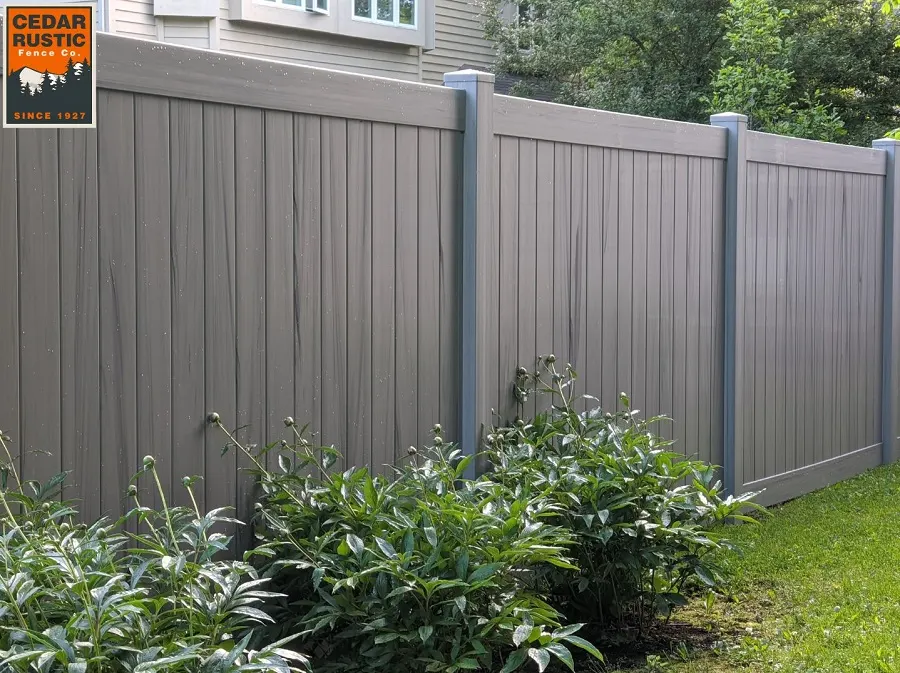
Step 2: Surface Abrading
Vinyl doesn’t hold paint well unless you give it some grip. That’s where sanding comes in. Use fine-grit sandpaper to gently scratch the surface so the paint has something to hold onto. It’s not fast or fun, but if you skip this, your paint job won’t last.
Step 3: Add the Primer Layer
Now it’s time to prime. You’ll need an epoxy-based primer made for vinyl or other non-porous materials. Keep your coats thin and smooth. Avoid painting in direct sunlight or extreme heat, as it can cause the primer to dry too quickly and reduce adhesion.
Step 4: Paint Application
Choose a paint that works with vinyl, usually oil-based or specially formulated exterior latex. Apply it in thin layers, letting each coat dry fully before adding the next. Most fences will need at least two coats to look good and hold up.
- Skip painting during bad weather.
- Make sure there’s plenty of airflow if you’re using oil-based paint.
- Aim for temperatures between 50 and 85°F for the best results.
Step 5: Let It Cure, Then Inspect
After the final coat goes on, you’ll need to wait until the paint fully cures before doing anything else. That means no pressure washing, no harsh cleaners, and no leaning things on the fence. Give it time, then check for missed spots or uneven areas and fix anything that stands out.
Most homeowners find that even with all the right tools and steps, the results still don’t hold up over time. Between the prep work and maintenance, painting vinyl ends up being more demanding than most people expect.
Cost Analysis: Painting vs. Professional Replacement
Even though the vinyl is not the cheapest fencing option, professional replacement often provides better long-term value for Chicagoland homeowners dealing with harsh weather conditions and temperature extremes.
Professional replacement with quality materials provides the best long-term value while eliminating the ongoing maintenance and repainting cycles that painted vinyl requires. The initial investment pays for itself through reduced maintenance costs and extended vinyl lifespan.
The Root Cause: Why Quality Materials and Installation Matter More
Most vinyl fence problems stem from poor-quality materials or improper installation techniques, not cosmetic issues that require painting. When homeowners start considering paint as a solution, it's often because their fence was built with inferior materials that were never designed for long-term durability and low-maintenance performance.
- Material Quality Matters Premium vinyl is made with UV blockers, impact-resistant formulas, and color retention additives that help it stay clean and vibrant for decades.
- Installation Plays a Huge Role A properly installed fence includes room for expansion, solid drainage, and strong mounts to prevent sagging and warping.
- Manufacturing Affects Everything Fences made in-house allow for tighter quality control and better results, from materials to finished product.
- Our Experience Matters, Too With nearly a century of work across Chicagoland, we know which materials actually stand up to harsh winters, strong winds, and everything in between.
If you start with the right materials and an experienced installer, you’ll never have to wonder whether painting your vinyl fence is a smart fix. It won’t be necessary — and that saves time, money, and frustration in the long run.










